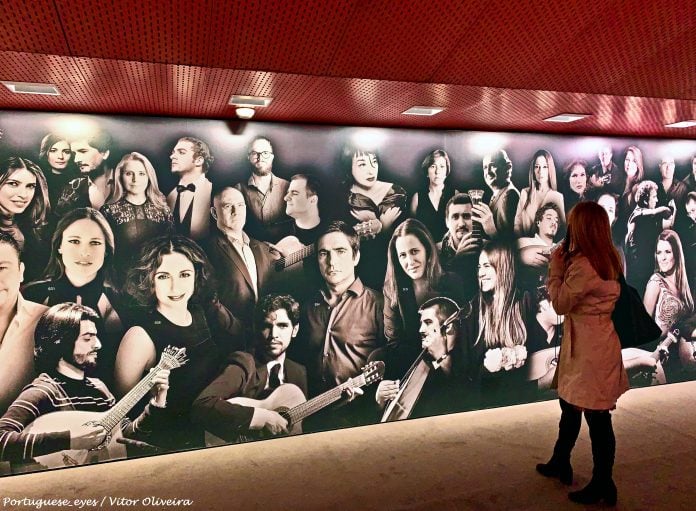The Fado Museum is an extraordinary tribute to Portugal’s soul-stirring musical legacy. This institution embraces Fado, a traditional music genre that captures the very spirit of Portuguese emotions, such as saudade. Let’s take a look at an overview of the Fado Museum in Lisbon, including its history and architecture, and when you can visit.
History
The Fado Museum serves as a tribute to the deep-seated history of Fado music, tracing its roots back to the early 19th century. Influenced by musical traditions from Africa, Brazil, and Moorish cultures, Fado took shape as a distinct genre in the lively neighborhoods of Lisbon. It initially found its voice in cozy settings like taverns and cafés, conveying the poignant stories of love, yearning, and wistfulness that define the Portuguese sentiment of saudade.
Within the museum’s historical section, visitors are greeted by a diverse array of artifacts, photographs, and interactive displays that vividly narrate Fado’s evolution across time. Antique gramophones, hand-penned lyrics, and recordings of iconic performances transport us to the time when Fado served as an emotional outlet for the marginalized such as the poor.
Architecture
The architecture of the Fado Museum seamlessly weaves together the threads of tradition and modernity, mirroring the music it celebrates. Nestled within an historic 18th-century Building, the museum underwent a considerate transformation to craft an immersive environment that echoes the soul of Fado.
The museum’s exterior façade is decorated with intricate tilework and elegant iron balconies, paying homage to Lisbon’s architectural legacy. Upon entry, visitors are welcomed by a contemporary interior that blends technology and design with cutting-edge audiovisual setups.
Visiting Times & Tickets
The museum is open Tuesday to Sunday from 10 am to 6 pm. It’s closed on the 1st of January, 1st of May and 25th of December. Tickets cost €5, with discounts available.


